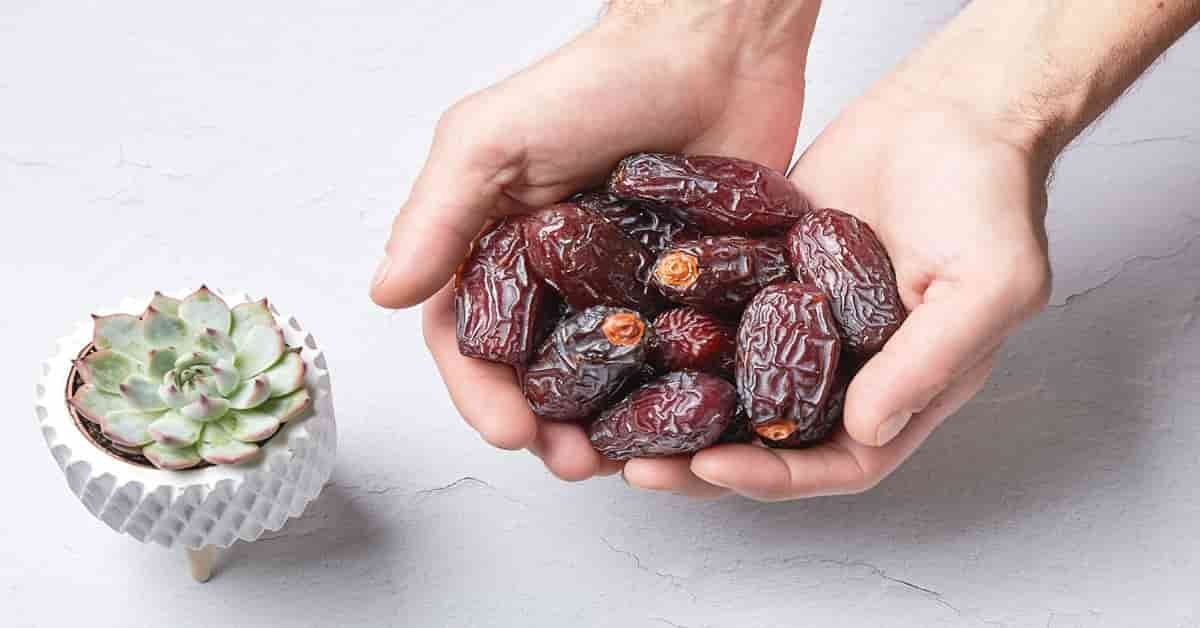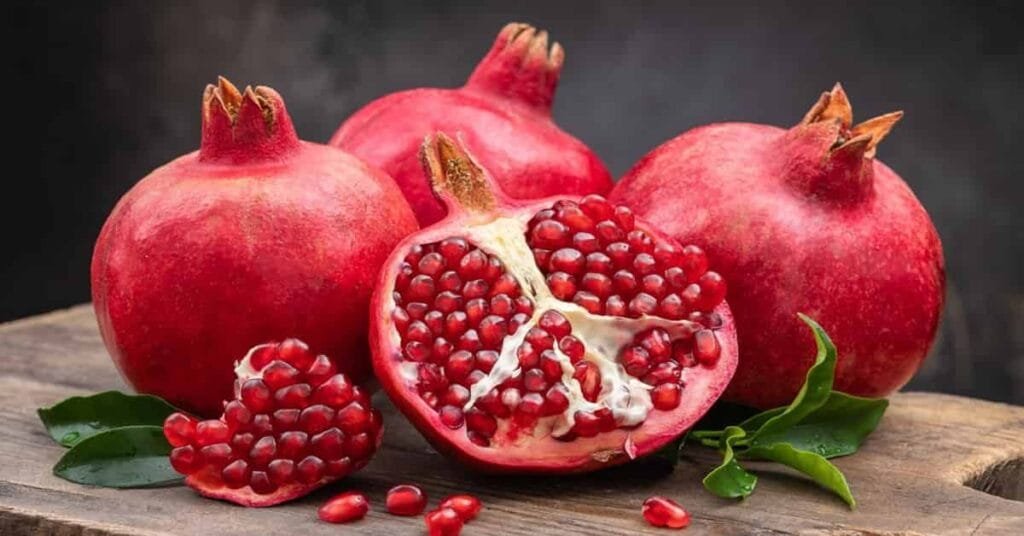Overview of Dates
Dates, the sweet fruit of the date palm tree (Phoenix dactylifera), are among the oldest cultivated fruits in human history. Known for their rich, caramel-like flavor and chewy texture, dates are not only a delicious energy-dense snack but also a powerhouse of nutrition. They have been a staple food in Middle Eastern diets for thousands of years and have gained popularity around the world. Let’s delve into the history, cultivation, nutritional benefits, culinary uses, and cultural significance of dates.
1. History and Origin
Dates are believed to have been first cultivated in Mesopotamia, in present-day Iraq, around 4000 BC. Their cultivation quickly spread to the surrounding regions, including Egypt, the Arabian Peninsula, and parts of North Africa. Ancient Egyptians used dates in various ways, including making wine and sweets, while the fruit was also mentioned in several historical religious texts.
The date palm tree is extremely resilient and well-adapted to arid climates, making it an important source of food in desert regions. Nomadic cultures relied heavily on dates as a vital source of nutrition, and they became an integral part of trade across ancient civilizations.
2. Botanical Characteristics
The date palm is a tall, slender tree that can reach heights of up to 75 feet (23 meters). The tree’s leaves are long and feathery, growing in a crown at the top of the trunk. Dates grow in clusters, with each tree producing hundreds of dates per season.
Key facts about the date fruit:
- Varieties: There are several varieties of dates, usually classified as soft, semi-dry, and dry based on moisture content. Some popular varieties include Medjool, Deglet Noor, Barhi, and Khadrawy.
- Ripening Stages: Dates go through several stages of ripening:
- Kimri: The initial stage when the fruit is green and hard.
- Khalal: The ripening phase where the dates turn yellow or red but are still firm.
- Rutab: This stage sees the dates soften and develop sweetness.
- Tamar (Dried): Fully ripe dates that are dried for preservation.
3. Nutritional Benefits
Dates are a highly nutritious fruit, rich in essential vitamins and minerals. A typical serving of about 100 grams (approximately 4-5 Medjool dates) contains:
- Calories: Approximately 277
- Carbohydrates: About 75 grams (mostly in the form of sugars, which provide quick energy)
- Fiber: Around 7 grams (supports digestive health)
- Vitamins: Dates are a good source of B vitamins, particularly B6 (pyridoxine), which aids in metabolism and brain health.
- Minerals: Rich in potassium, magnesium, copper, manganese, and iron.
Health Benefits:
- Natural Sweetener: Due to their high sugar content, dates serve as a healthy alternative to refined sugars in recipes.
- Energy Boost: Dates provide a quick energy source, making them popular among athletes and those needing a quick pick-me-up.
- Digestive Health: The high fiber content supports digestion, prevents constipation, and helps maintain gut health.
- Heart Health: Potassium and magnesium in dates can help lower blood pressure and reduce the risk of heart disease.
- Bone Health: Minerals like calcium, phosphorus, and magnesium contribute to bone density and overall bone health.
4. Culinary Uses
Dates are incredibly versatile and can be used in a variety of ways in the kitchen:
- Raw Consumption: Fresh or dried dates can be eaten as a snack on their own or added to fruit salads.
- Baked Goods: Dates are often incorporated into baked goods, such as muffins, breads, and cakes, providing natural sweetness and moisture.
- Stuffed or Wrapped: Medjool dates are frequently stuffed with nuts, cheese, or nut butter. They can also be wrapped in bacon or prosciutto and baked as a savory appetizer.
- Smoothies and Energy Bars: Dates blend well in smoothies and energy bars, providing a natural sweetness and chewy texture.
- Sauces and Spreads: Dates can be blended into sauces or spreads, used in dressings, and incorporated into desserts like date caramel or date energy balls.
5. Cultural Significance
Dates hold significant cultural importance in many societies, particularly in the Middle East. They are traditionally consumed during Ramadan, the month of fasting for Muslims, to break the fast at sunset. The sweet and nutrient-dense nature of dates makes them an ideal food to replenish energy and nutrients after a day without food.
In some cultures, dates are a symbol of hospitality and are often offered to guests. They also feature prominently in religious traditions and rituals, showcasing their historical and cultural importance.
6. Cultivation and Harvesting
Date palms thrive in hot, dry climates and require well-drained, sandy soils. They are typically grown in regions with a high number of sunny days and low humidity. Countries like Egypt, Saudi Arabia, Iran, and the United States (California and Arizona) are among the largest producers of dates.
The cultivation process involves several important steps:
- Planting: Date palms are usually grown from offshoots or seeds, with proper care taken during the early years.
- Watering: While date palms are drought-resistant, proper irrigation during the growing season is crucial for fruit development.
- Pollination: Date palms are dioecious, meaning there are separate male and female trees. Manual pollination or planting male trees near female trees is required to ensure fruit production.
- Harvesting: Dates are typically harvested in late summer to early fall. The timing depends on the ripening stage, and careful handling is necessary to prevent damage to the fruit during collection.
7. Environmental Impact
The cultivation of date palms can have both positive and negative environmental impacts. On the positive side, date palms can help stabilize desert soils, provide shade, and contribute to local biodiversity. They require relatively low water compared to other crops and can thrive in harsh conditions.
However, like any agricultural practice, date farming can lead to water depletion in regions using unsustainable irrigation practices. Organic farming and sustainable practices are becoming increasingly relevant to minimize the environmental impact.
8. Conclusion
Dates are a remarkable fruit with a rich history, extensive nutritional benefits, and diverse culinary applications. Their natural sweetness and chewy texture make them a versatile ingredient in both sweet and savory dishes. As a staple food in many cultures, dates symbolize hospitality and nourishment. As demand for this ancient fruit continues to grow globally, understanding its cultivation, uses, and nutritional advantages becomes more crucial. Whether enjoyed on their own or incorporated into dishes, dates truly embody the essence of nature’s bounty.


